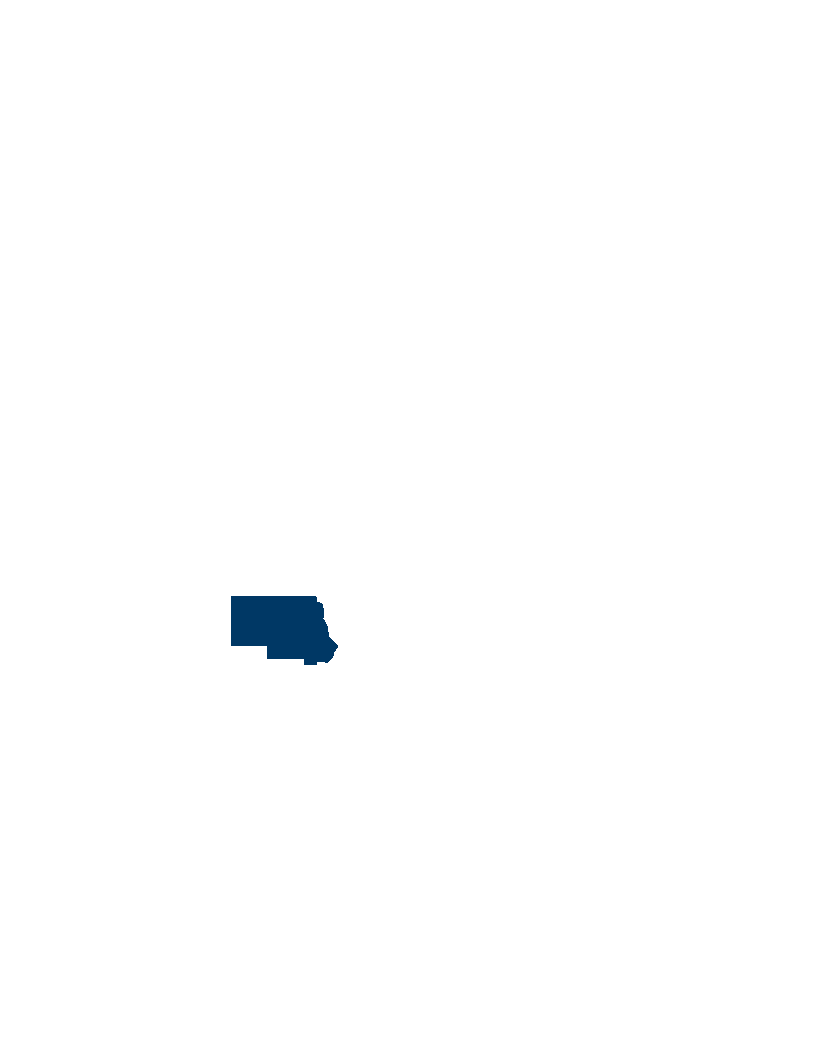Accelerated Prairie Grassland Restoration and Enhancement Program on DNR Lands, Phase 2
This program will acquire and develop approximately 730, acres of new Wildlife Management Area (WMA) lands. New WMA acquisition acre targets by LSOHC Sections will be consistent with the recommendations of The Citizens Advisory Committee report of 2002? Wildlife Management Area Acquisition The Next 50 Years. Additionally, this program will protect 275 acres of native prairie as state Scientific & Natural Areas (SNAs) and perpetual Native Prairie Bank (NPB) easements. This will provide habitat for rare species, Species in Greatest Conservation Need as identified in the State Wildlife Action Plan (SWAP) and provide habitat for other game and nongame wildlife species. All public SNA acquired through this project will be open to all forms of hunting and fishing.
This program will also accelerate the restoration and enhancement of approximately 20,400 acres of native prairie vegetation on Wildlife Management Areas, Aquatic Management Areas, Scientific and Natural Areas, and State Forests. This will provide much needed wildlife habitat for a host of grassland and farmland species. Prairie restoration efforts will center on site preparation, seeding of local ecotype seed, post-seed management to assure success, and seed harvest of local ecotype seed for prairie restoration at other public land sites. Prairie enhancement efforts will center on prescribed burning, managing woody cover encroachment, and interseeding. Goat prairie enhancements are a distinct target in the Southeast Forests.
There is a very significant unmet need for prescribed burning on public lands. We will hire a roving burn crew for 3 years. The crew will be fully equipped and self sufficient and will therefore be capable of burning an additional 7,000 acres per year. Fifty-percent of their time will be spent on burning (this is the entire spring and fall burn season). During the non-burn season the crew will complete 1,000 acres woody encroachment management annually (25%) on WMAs. The remaining 25% will be spent on other WMA habitat management activities. This work is all supplemental to the existing DNR burning and woody cover management programs
The availability of public hunting lands does not meet the expectations of a growing Minnesota population. Due to the current recession, land prices have stabilized or declined and a short-term opportunity exists to purchase more value for our expenditures. The Citizens Advisory Committee on WMA acquisitions recommended due to long-term rising land costs and continued habitat loss, acquisition efforts should be accelerated to 21,000 acres per year for 10 years completing 30% of the 50 year goal of 702,200 acres. This objective has not been met due to inadequate funding. Supplementing our existing program with accelerated WMA acquisition will require additional temporary staff to acquire and develop new lands.
Temperate grasslands are considered to be one of the most altered ecosystems on the earth. Native prairie and associated species have been targeted as critical habitats by the Minnesota County Biological Survey (MCBS). Since 1987, MCBS has evaluated and mapped about 200,000 acres of remaining prairie in the state as compared to the nearly 18 million acres identified about 100 years ago based on the public land surveys. Only half of this remaining prairie habitat is currently under some form of permanent protection.
Although Minnesota DNR has the training and know-how to restore high quality prairie vegetation, current funding is insufficient to meet all needs. Many sites on state lands are currently not being actively managed to realize full potential as plant communities or wildlife habitat. Re-establishing prairie on public lands requires periodic burning, inter-seeding grasslands with native species, and up to five years of post-seeding management and assessment. Some state-owned grasslands are "problem" sites consisting of monotypic fields of brome of low habitat value. Furthermore exotic and/or invasive plants are encroaching and woody plant encroachment are especially troublesome problems that must be addressed. Portions of newly acquired areas and state-owned marginal croplands also need to be seeded and treated. Use of high quality seed from established prairie sites to plant at other locations has proven to be highly cost-effective.
We continue to use the Prairie Plan to guide our work in the western part of the state. While we don't limit ourselves to the core areas from the Plan, core areas and native sites usually rise to the top when we are developing short-term priority lists such as which units to try to burn each spring.
Although Minnesota DNR has the training and know-how to restore and enhance high quality prairie vegetation, past funding was insufficient to meet all needs. Often time, we'd just 'plant some grass'. These funds have given us the ability to use much higher diversity seed mixes in our restoration work. We aren't there yet, but we are getting much closer to restoring the full plant diversity to sites compared to what we were doing a few years ago. That said, there is still much to learn in the area of seed harvest, seeding method, and post-seeding management. In some cases we are buying local seed from vendors. In other cases, we are contracting with neighbors to mechanically harvest seed from established prairies. This is probably the most cost-effective way of collecting the volume of seed need to do larger restorations. We are also getting better at using different seed mixes within a site. A wetland margin should not have the same seed mix as a sandy hilltop.
Probably the most innovative and effective part of this request was the addition of a roving crew. These crews were 100% additive to the work that was being done in the past. They had the equipment, skills, and expertise, and were able to move around the entire region to do work that simply wasn't being done in the past. They were able to do projects by themselves, team up with local DNR staff, and occasionally work with staff from USFWS or TNC to do larger projects such a large Rx fires that cover multiple ownerships.
The other major part we can report in this first full length (5 year) project is our work with contractors. While DNR staff worked with some contractors in the past, with these funds we were able to scale up these projects. Through trial and error in some cases we have also figured out who the best contractors are for different types of projects. Habitat work was new to many contractors. It sometimes takes significant amounts of time to supervise contractors to make sure they are doing what we need done in the way we need it done. The more we work with these contractors, we learn their specialties and they become dialed in to what needs to be done and how to do it. They are also making improvements as they learn. This is making enhancement work more effective and efficient for both DNR staff and the contractors. Many of the contractors are pleased to have this extra work, especially when it comes at a time of the year which is normally their 'down' time. Contractors are telling us they are keeping busy, hiring more staff, and getting more work done as a direct result of OHF funds.
$5,833,000 in fiscal year 2011 is to the commissioner of natural resources to accelerate the protection, restoration, and enhancement of native prairie vegetation. A list of proposed land acquisitions,restorations, and enhancements, describing the types and locations of acquisitions, restorations, and enhancements, must be provided as part of the required accomplishment plan. All restorations must comply with subdivision 9, paragraph (b).
Wetland and upland complexes will consist of native prairies, restored prairies, quality grasslands, and restored shallow lakes and wetlands
Protected, restored, and enhanced nesting and migratory habitat for waterfowl, upland birds, and species of greatest conservation need
A network of natural land and riparian habitats will connect corridors for wildlife and species in greatest conservation need
Healthier populations of endangered, threatened, and special concern species as well as more common species
Remnant native prairies and wetlands are permanently protected and are part of large complexes of restored prairie, grasslands, and large and small wetlands
Improved condition of habitat on public lands
Protected, restored, and enhanced habitat for waterfowl, upland birds, and species of greatest conservation nee
Enhanced 22,823 acres, protected 1,577 acres and restored 211 acres of prairie. A total of 24,611 acres of prairie was restored, protected or enhanced.




















































